In today’s fast-paced digital landscape, businesses are constantly seeking ways to enhance their agility, efficiency, and scalability. Enter Software as a Service (SaaS), a game-changing model that’s redefining how organizations manage their applications and data. But as companies increasingly embrace hybrid and multi-cloud strategies, the role of SaaS becomes even more pivotal. Imagine seamlessly accessing your favourite applications across various cloud environments,optimizing performance,and ensuring data security—all while maintaining cost-effectiveness. Sounds like a dream,right? Well,it’s not just a fantasy; it’s a reality that many forward-thinking companies are already leveraging. In this article, we’ll explore how integrating SaaS into your hybrid and multi-cloud strategies can revolutionize your buisness operations, drive innovation, and position you for success in an ever-evolving marketplace. Ready to unlock the full potential of your cloud strategy? Let’s dive in!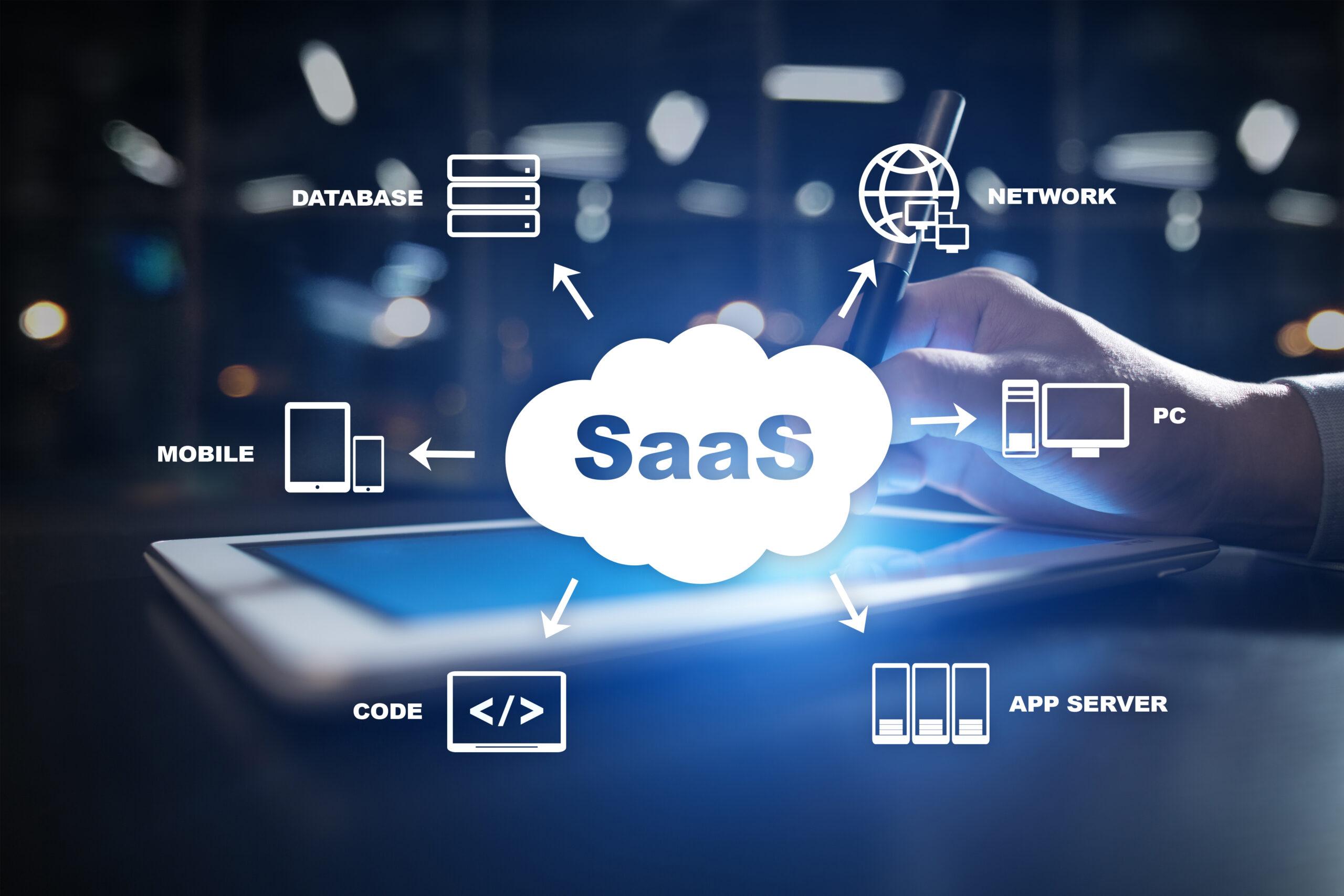
Understanding the Rise of SaaS in Hybrid and multi-Cloud Environments
The evolution of technology has paved the way for Software as a Service (SaaS) to become a cornerstone of modern IT strategies. In hybrid and multi-cloud environments, SaaS enhances flexibility, scalability, and collaboration. Organizations are increasingly adopting these models to leverage the benefits of both public and private clouds while maintaining essential control over their data.
One of the key advantages of SaaS in these environments is its ability to simplify management. By centralizing applications in the cloud, businesses can:
- Reduce Infrastructure Costs: No need for extensive hardware investments.
- Enhance Accessibility: Teams can access applications from anywhere, facilitating remote work.
- Streamline Updates: Automatic updates ensure users always have access to the latest features without disruption.
Moreover, SaaS solutions can seamlessly integrate with existing on-premises systems and other cloud services. This interoperability allows organizations to create a cohesive ecosystem that maximizes their resources. For instance, a company can utilize SaaS for customer relationship management (CRM) while keeping sensitive data in a private cloud, ensuring both security and efficiency.
Security remains a critical concern as organizations adopt SaaS within hybrid and multi-cloud setups. However, leading SaaS providers invest heavily in robust security measures, offering features such as:
- Data Encryption: Protecting sensitive details both in transit and at rest.
- Multi-Factor authentication: Adding layers of security to prevent unauthorized access.
- Regular Audits: Ensuring compliance with industry standards and regulations.
To illustrate the impact of SaaS on operational efficiency, consider the following table showing comparative metrics before and after SaaS implementation:
| Metric | Before SaaS | After SaaS |
|---|---|---|
| Operational Costs | $100,000 | $75,000 |
| Time to Deployment | 3 months | 1 week |
| User Satisfaction | 70% | 90% |
As businesses continue to adapt to evolving technological landscapes, the adoption of SaaS within hybrid and multi-cloud strategies is not just advantageous; it’s essential. By embracing this model, organizations position themselves to respond swiftly to market changes, maintain a competitive edge, and foster a culture of innovation.
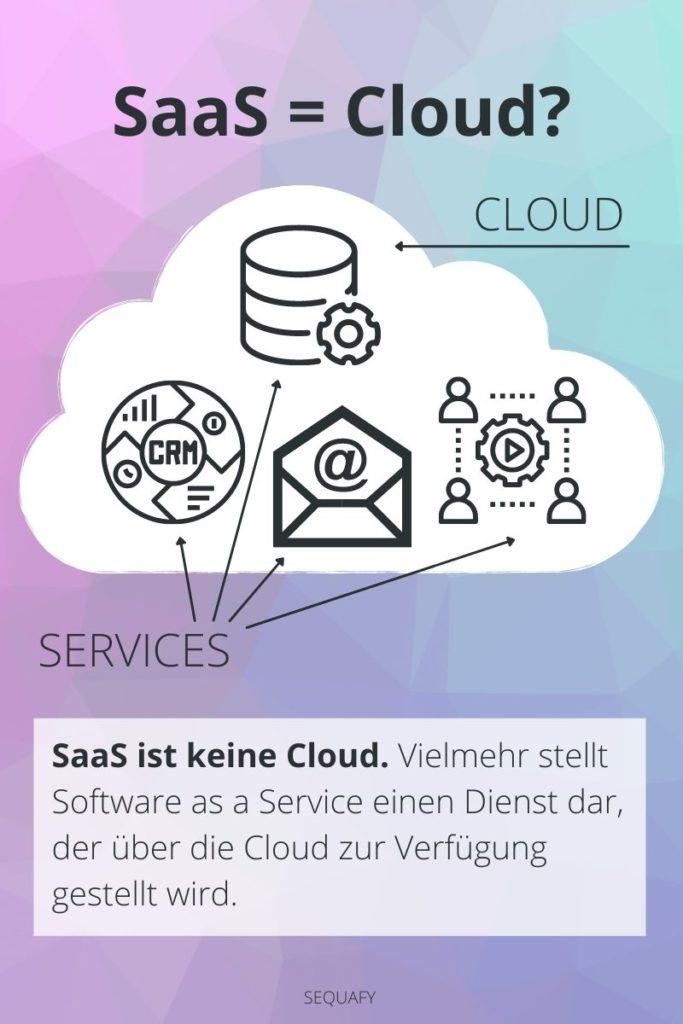
The Benefits of Embracing SaaS in Your Cloud Strategy
Embracing Software as a Service (SaaS) within your cloud strategy offers a plethora of advantages that can elevate your business operations to new heights. By leveraging SaaS solutions, organizations can access cutting-edge technology without the burdensome costs of traditional software deployment. Here are some compelling benefits:
- Cost-Effectiveness: With SaaS, you typically pay on a subscription basis. this model eliminates the need for hefty upfront investments or ongoing maintenance costs, allowing you to allocate resources more efficiently.
- Scalability: SaaS providers offer flexible plans that enable you to scale services according to your needs. Whether you’re expanding your team or adding new functionalities, scaling is just a click away.
- Accessibility: Provided that you have internet connectivity, your team can access saas applications from anywhere. This level of accessibility supports remote work environments and enhances collaboration among teams spread across different locations.
- Automatic Updates: Forget about tedious update cycles. saas applications are automatically updated by the provider, ensuring you always have access to the latest features and security enhancements without any disruptions.
Integrating SaaS into a hybrid or multi-cloud strategy not only simplifies IT management but also boosts productivity. By using SaaS alongside other cloud services, you can create a seamless, unified ecosystem that optimally meets your business needs. This integration brings multiple advantages:
- interoperability: Many SaaS solutions are designed to work well with existing systems and other cloud services, allowing for a smooth transition and integration.
- Enhanced Security: Leading SaaS providers invest heavily in security measures, frequently enough more then individual organizations can. This means your data is protected by the latest security protocols, reducing the risk of breaches.
- Focus on Core Business: By outsourcing software management to SaaS providers, your team can concentrate on strategic initiatives rather than being bogged down by software maintenance and troubleshooting.
To illustrate the impact, consider this simple comparison of traditional software versus SaaS in a hybrid cloud strategy:
| Feature | Traditional Software | SaaS |
|---|---|---|
| Initial Cost | High | Low |
| Maintenance Responsibility | In-House | Provider |
| Update Frequency | Manual | Automatic |
| Accessibility | Limited to Local Network | Global |
By embracing SaaS within your hybrid and multi-cloud strategies, you’re not just adopting a trend; you’re paving the way for a more agile, responsive, and cost-effective business model. It’s time to let go of the old paradigms and unlock the true potential that SaaS has to offer.
Key Considerations for Choosing the Right SaaS Solutions
When embarking on the journey of integrating SaaS solutions into your hybrid or multi-cloud strategy, several key factors must be taken into account to ensure alignment with your business goals and technical requirements. Selecting the right tools can significantly enhance operational efficiency, but missteps can lead to complications and increased costs.
First and foremost, understanding your specific needs is crucial. Consider the following aspects:
- Scalability: Will the solution grow with your business?
- Integration: How well does it connect with your existing systems?
- User Experience: Is the interface user-amiable enough for your team?
Next, evaluate the security features of the SaaS offerings. With the increasing threats in the digital landscape, ensuring that your data remains secure is non-negotiable. Look for providers that offer:
- Data encryption: Both at rest and in transit
- Robust access controls: Ensure only authorized users have access
- Compliance: Adherence to regulations such as GDPR, HIPAA, etc.
Cost is another pivotal factor. When assessing pricing models, consider not just the initial investment but also:
- Long-term value: will the SaaS save you money in the long run?
- Hidden costs: Are there fees for additional users or features?
- Licensing models: Pay-as-you-go versus flat-rate pricing
moreover, seek out customer support options.A responsive support team can make a world of difference when issues arise. Ensure the provider offers:
- 24/7 support: Availability for urgent problems
- Extensive documentation: Easy access to troubleshooting resources
- Community forums: Engagement with other users for shared solutions
Lastly, consider the vendor’s reputation and track record. researching user reviews and case studies can provide valuable insights into the effectiveness and reliability of the solution. Here’s a simple comparison table to illustrate how to evaluate different options:
| Provider | Scalability | Security | Support |
|---|---|---|---|
| Provider A | High | Encryption + Compliance | 24/7 Support |
| Provider B | Medium | Basic security | Weekdays Only |
| Provider C | High | Encryption + Best Practices | 24/7 support |
By carefully weighing these considerations, you can make a more informed decision that ultimately supports your organization’s hybrid and multi-cloud strategy, streamlining operations while driving growth.
Navigating integration Challenges in Hybrid and Multi-Cloud Setups
As organizations increasingly adopt hybrid and multi-cloud strategies, the complexity of integrating Software as a Service (SaaS) applications within these environments presents both challenges and opportunities. The need for seamless interoperability among different cloud platforms is paramount. This ensures that businesses can leverage the strengths of each cloud service while maintaining operational efficiency.
one of the primary hurdles in this landscape is the diversity of cloud environments. each cloud provider often comes with its own set of APIs,security protocols,and data formats. To overcome these challenges, consider implementing an API management platform that can facilitate communication between different services. This can help in:
- Standardizing data formats across clouds
- Streamlining authentication and authorization processes
- Monitoring and managing API usage to prevent service overloads
Moreover, managing data consistency is crucial when dealing with multiple cloud environments. Inconsistent data can lead to poor decision-making and operational inefficiencies. Thus, investing in robust data integration tools that provide real-time data synchronization can be a game-changer. This allows organizations to:
- Maintain a single source of truth
- Enhance data visibility across departments
- Minimize data silos that can stifle innovation
Security is another critical aspect of integration in hybrid and multi-cloud setups. With data flowing between different environments, ensuring data security and compliance becomes more complex. Organizations should adopt a zero-trust security model that requires continuous verification of both users and devices, regardless of location. this approach includes:
- Implementing multi-factor authentication (MFA)
- Applying encryption for data at rest and in transit
- Regularly auditing access controls and user permissions
To visualize the landscape of integration challenges and solutions, consider the following table:
| Challenge | Solution |
|---|---|
| Diverse Cloud APIs | API Management Platforms |
| Data Inconsistency | Real-time Data Synchronization Tools |
| Security Risks | Zero-Trust Security Model |
| Vendor Lock-in | Multi-Cloud Strategies |
Lastly, it’s essential to keep in mind that the journey toward effective integration in hybrid and multi-cloud environments is ongoing. Regularly revisiting and refining your integration strategies as technology evolves will help ensure that your organization remains agile and competitive in a rapidly changing digital landscape. embrace the challenges as opportunities to innovate and improve your SaaS applications within your hybrid and multi-cloud strategies.
maximizing Security in a SaaS-Focused Cloud Strategy
As organizations increasingly shift to Software as a Service (SaaS) solutions within hybrid and multi-cloud environments, the imperative for robust security measures grows. In a landscape where data breaches are prevalent, maximizing security isn’t just a best practice; it’s a necessity. Here are key strategies to enhance security in your SaaS-focused cloud strategy:
- Adopt a Zero-Trust Model: Implementing a zero-trust security framework ensures that no user, device, or application is automatically trusted, regardless of their location. This means continuous verification and monitoring, which can significantly reduce the risk of unauthorized access.
- Data Encryption: Encrypt sensitive data both in transit and at rest. This adds an essential layer of security,making it more difficult for malicious actors to access or manipulate your data.
- Regular Security audits: Conducting frequent security assessments helps identify vulnerabilities. Use both internal and external resources to ensure a comprehensive evaluation of your security posture.
- access Controls: Implement strict access controls and user permissions.Only grant access to those who absolutely need it, and regularly review and update these permissions based on role changes or project completions.
In addition to these strategies,consider utilizing automated security tools. Automation can streamline your security processes, ensuring that updates and patches are applied in real-time, reducing the window of opportunity for potential breaches. Furthermore, using multi-factor authentication (MFA) will add an extra layer of protection, making it significantly harder for unauthorized users to gain access.
Another critical aspect is educating your team about security best practices. Human error remains one of the leading causes of data breaches. regular training sessions can equip your employees with the knowledge they need to identify phishing attempts and other common threats.
| Strategy | Description | Benefits |
|---|---|---|
| Zero-Trust Model | Continuous verification of users and devices | Reduces unauthorized access risks |
| Data Encryption | Encrypt data at rest and in transit | protects sensitive information |
| Access Controls | Limit user permissions effectively | Minimizes exposure of critical data |
| MFA | Require multiple forms of verification | Increases account security |
Ultimately, the security of your SaaS applications in a hybrid or multi-cloud strategy hinges on a proactive approach. By embracing these practices, organizations can not only protect their data but also build customer trust and ensure compliance with regulatory standards. An investment in security is an investment in the future of your business.
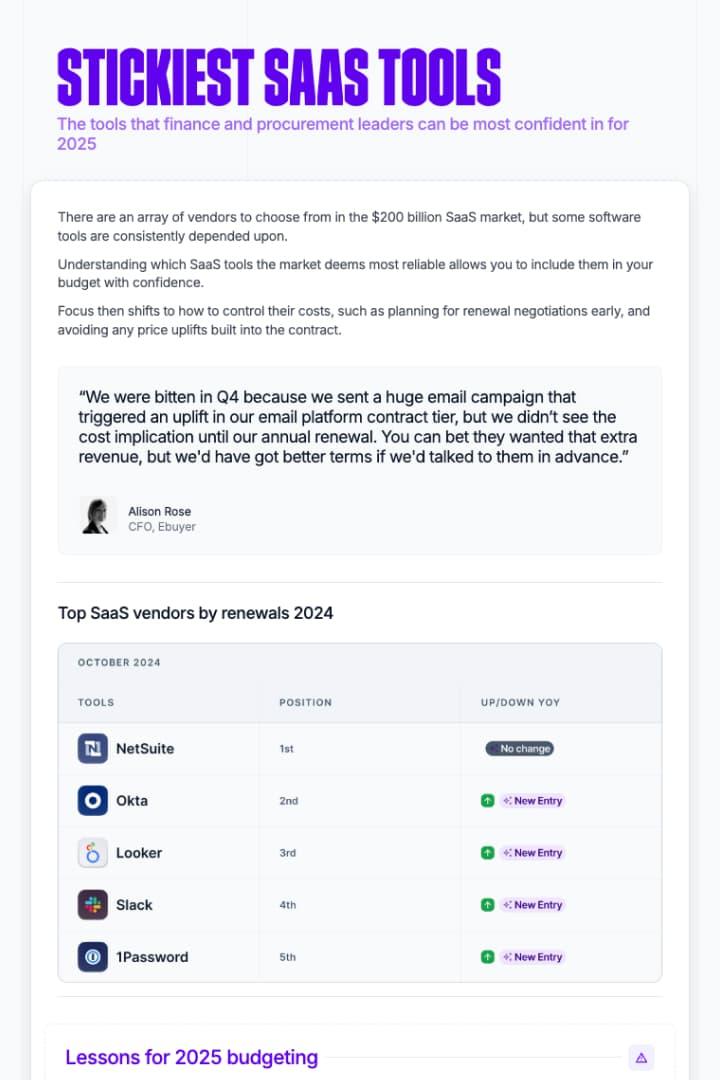
Optimizing costs with SaaS: Tips for Effective Budgeting
When it comes to managing costs in a hybrid or multi-cloud strategy, leveraging Software as a Service (SaaS) can be a game changer.by embracing SaaS solutions, organizations can effectively optimize their budget and maximize the return on their technology investments. Here are some practical tips to help you navigate this landscape with ease:
- Assess Your Needs: Before diving into any SaaS solution,it’s vital to conduct a thorough assessment of your organization’s needs. Identify the specific challenges you face and the functionalities required. This approach ensures you choose solutions that deliver real value.
- Evaluate pricing Models: SaaS platforms often come with various pricing tiers. Compare these models to find the best fit for your budget. Look for subscription models that allow flexibility, so you can scale up or down based on actual usage.
- Negotiate Contracts: Don’t hesitate to negotiate contracts with SaaS providers. Many companies are open to adjusting terms, especially for long-term commitments or when bundling multiple services.A well-negotiated contract can lead to meaningful cost savings.
Another key aspect is understanding the total cost of ownership (TCO) associated with SaaS solutions.Beyond monthly subscriptions,consider:
- Implementation costs
- Training and onboarding
- Integration with existing systems
- Ongoing support and maintenance fees
To illustrate how these factors can affect budgeting,consider the simplified table below:
| SaaS Solution | Monthly Subscription | Implementation Cost | Training Cost | Total Cost Per Year |
|---|---|---|---|---|
| Software A | $100 | $1,200 | $300 | $2,700 |
| Software B | $150 | $800 | $200 | $2,000 |
| Software C | $75 | $500 | $100 | $1,900 |
Lastly,continuously monitor your usage and revisit your SaaS subscriptions regularly. Usage analytics can provide insights into what’s working and what’s not, helping to identify underused or redundant services. This proactive approach aids in reallocating funds towards more critical tools and resources, ensuring your budget is not only optimized but also aligned with your evolving business needs.
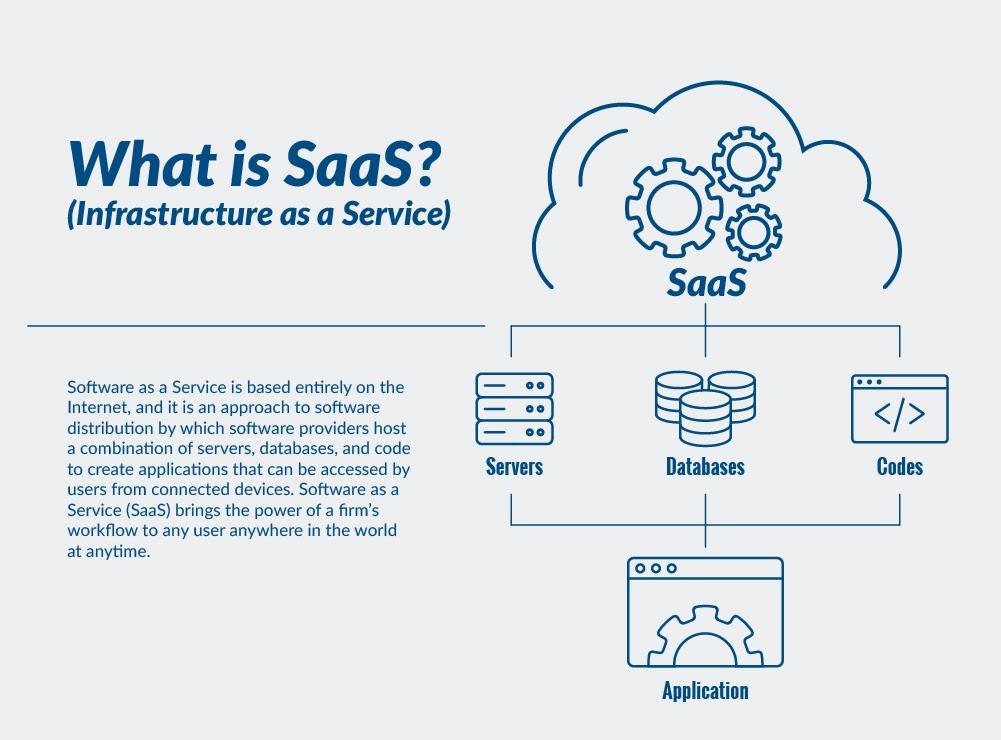
Enhancing Collaboration and Communication Through SaaS
In today’s dynamic work environment, enhancing collaboration and communication is paramount, especially as organizations shift towards hybrid and multi-cloud strategies. Leveraging Software as a Service (SaaS) solutions can significantly streamline workflows, making it easier for teams to connect, share, and innovate. Here’s how SaaS can transform collaboration:
Seamless Integration across Platforms
saas tools are designed to work across various platforms, enabling teams to collaborate effortlessly regardless of their location. Whether you’re using cloud storage, project management tools, or communication applications, SaaS solutions can integrate seamlessly, providing a cohesive work environment. This integration allows team members to:
- Access shared documents in real-time.
- Collaborate on projects without version control issues.
- Maintain consistent communication through integrated chat and video conferencing.
Enhanced Accessibility and Flexibility
One of the standout features of SaaS is its accessibility. Team members can access tools and data from anywhere, on any device. This flexibility not only boosts productivity but also fosters a culture of collaboration, where ideas can flow freely, regardless of geographical barriers. Imagine the benefits:
- project updates available on-the-go.
- Participating in meetings from remote locations.
- sharing insights instantly, leading to quicker decision-making.
Real-Time Feedback and Iteration
In a traditional setup, feedback loops can be prolonged, hindering project momentum. SaaS solutions enable real-time feedback, allowing teams to iterate swiftly. As a notable example, using collaborative design software, teams can make and share adjustments on the fly, ensuring everyone is aligned and informed. the advantages are clear:
- Faster problem-solving and innovation.
- Increased engagement among team members.
- Reduced project timelines and costs.
Enhanced Security and Compliance
With collaboration comes the challenge of maintaining security and compliance. Reputable SaaS providers prioritize data security, offering robust measures to protect sensitive information. This allows teams to communicate and collaborate without the constant worry of data breaches, facilitating a more open and productive environment. Key security features often include:
- Advanced encryption protocols.
- Regular security audits and updates.
- Compliance with industry standards like GDPR and HIPAA.
Table of Popular SaaS Collaboration Tools
| Tool | Key Features | Best For |
|---|---|---|
| Slack | Real-time messaging,channels,integrations | Team communication |
| Trello | Visual project management,boards,deadlines | Project tracking |
| Google Workspace | Docs,Sheets,Drive,real-time collaboration | Document sharing and editing |
| Zoom | Video conferencing,webinars,screen sharing | Virtual meetings |
By harnessing the power of SaaS,organizations can create an environment where collaboration thrives. The ability to innovate and adapt rapidly is no longer just a competitive advantage; it’s a necessity in the modern business landscape. Embracing these tools is not just a step towards efficiency; it’s a leap towards a more connected and collaborative future.
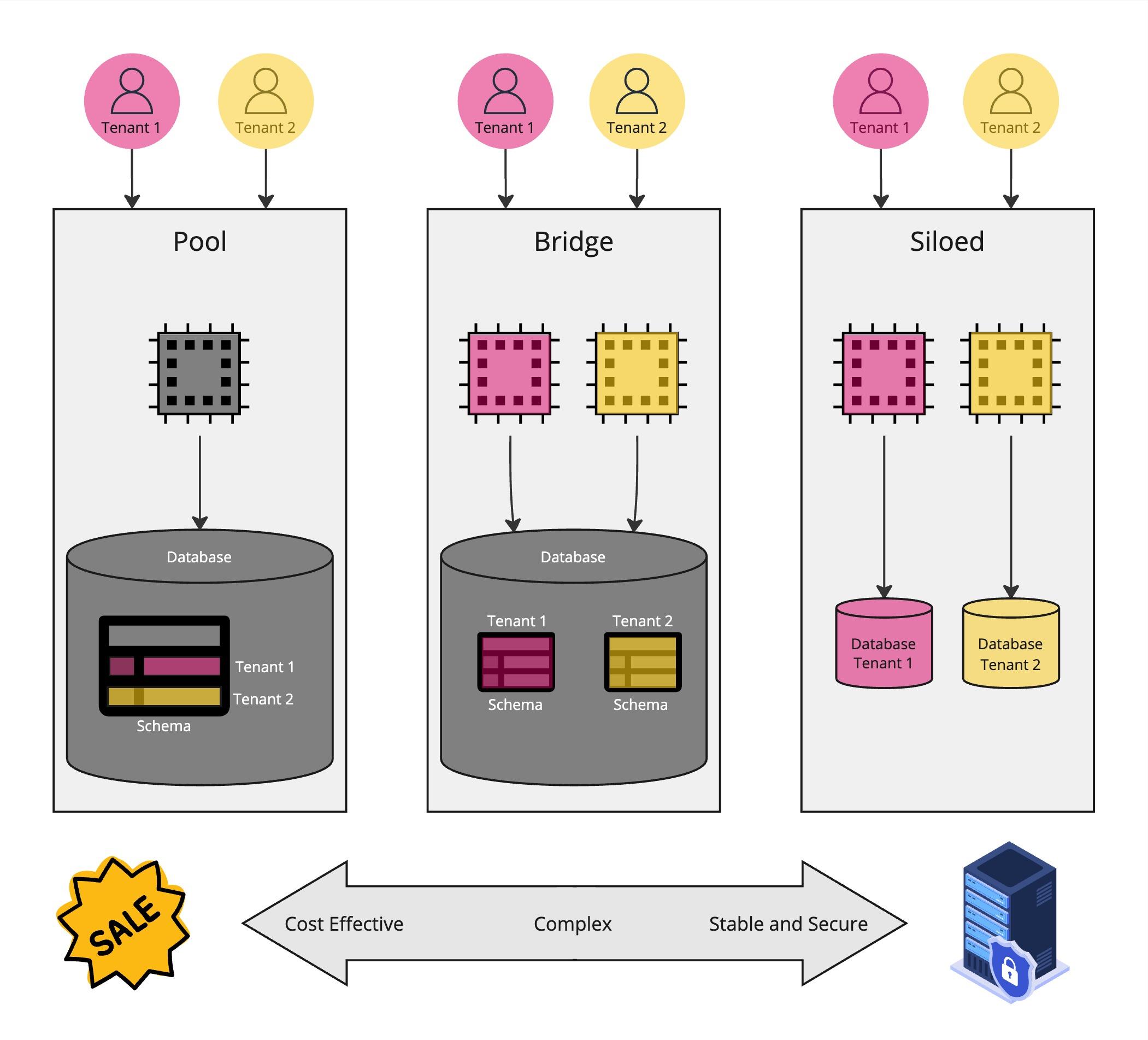
Future-Proofing Your Business with Scalable SaaS Applications
As businesses navigate an increasingly complex digital landscape, the adoption of Software as a Service (saas) applications has become a crucial component of their growth strategy.By leveraging scalable saas solutions, organizations can efficiently manage their resources while adapting to changing market demands. This approach not only streamlines operations but also empowers businesses to stay competitive in a hybrid and multi-cloud environment.
One of the key advantages of scalable SaaS applications is their flexibility. Unlike traditional software that often requires significant upfront investment and complex installations, SaaS solutions can be implemented quickly and easily. This means businesses can:
- Rapidly deploy new features as they become available, allowing for continuous enhancement.
- Adjust subscription levels based on usage, ensuring cost efficiency as the organization grows.
- Integrate with existing systems seamlessly, promoting a more cohesive IT infrastructure.
Moreover, a hybrid and multi-cloud strategy enables organizations to leverage the strengths of different cloud environments. By combining private and public clouds, businesses can optimize their resource allocation, enhance data security, and improve compliance.Scalable SaaS applications play a pivotal role in this strategy by providing:
| Benefits | Description |
|---|---|
| Cost Management | Reduce operational costs through better resource utilization. |
| Data Security | Enhanced security protocols tailored for hybrid environments. |
| Scalability | Easily scale services up or down based on demand. |
Embracing a future-proof approach means actively evaluating how your SaaS applications fit within your organization’s broader IT strategy. By integrating sustainability into your SaaS ecosystem,you position your business to not only withstand economic fluctuations but also to seize new opportunities as they arise. investing in scalable solutions ensures that your organization can respond to evolving customer needs without sacrificing performance or quality.
To truly harness the power of SaaS in your hybrid and multi-cloud strategy, consider these essential practices:
- Regularly assess your SaaS portfolio to identify underperforming applications and potential upgrades.
- Foster a culture of innovation that encourages teams to explore and experiment with new technologies.
- Engage with your SaaS providers to stay informed about the latest features and enhancements.
As we look ahead, the potential of scalable SaaS applications as a cornerstone of hybrid and multi-cloud strategies cannot be overstated. By embracing these solutions, businesses can not only ensure robust operational capabilities but also cultivate a resilient framework that supports long-term growth and innovation.
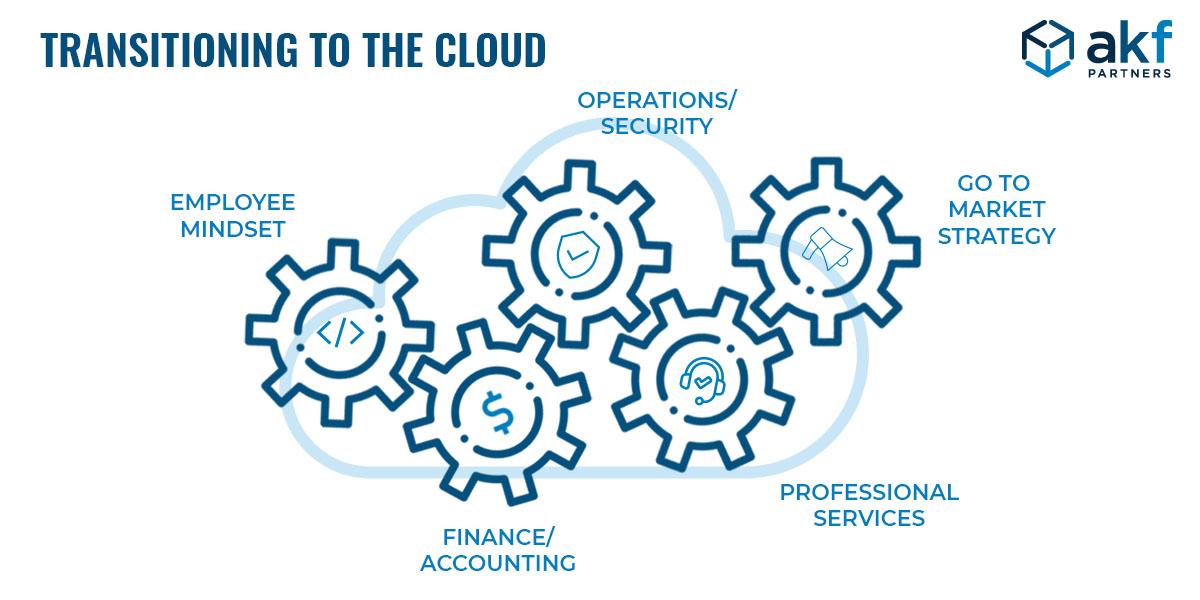
Real-World Success Stories: SaaS Transformations in Hybrid Clouds
In the fast-paced world of technology, many organizations are turning to hybrid cloud solutions to enhance their software as a Service (SaaS) offerings. Companies that have embraced this conversion often share inspiring success stories that highlight the benefits of integrating multiple cloud environments. Let’s explore a few of these real-world examples that showcase how hybrid cloud strategies can lead to unparalleled growth and efficiency.
Case Study 1: A Major Retailer
One of the largest retail chains in North America adopted a hybrid cloud approach to improve its inventory management system.By leveraging both public and private cloud resources, they achieved:
- Scalability: The retailer could scale resources up during peak shopping seasons without investing in permanent infrastructure.
- Cost Efficiency: By storing sensitive data on a private cloud, they reduced costs associated with compliance and security.
- Improved Performance: The faster processing times led to an enhanced customer experience,driving higher sales.
Case Study 2: A Health Care Provider
A leading healthcare provider saw a tremendous transformation after migrating to a hybrid cloud setup. This shift allowed them to:
- Enhance Data Security: Sensitive patient data was stored securely in a private cloud while utilizing public cloud resources for less sensitive applications.
- Facilitate Collaboration: Staff could access applications and data from anywhere,improving collaboration between teams and departments.
- Meet Compliance Standards: The flexibility of a hybrid model enabled them to adapt quickly to changing regulations.
Case Study 3: A Financial Services Firm
A prominent financial services firm utilized a hybrid cloud strategy to modernize its SaaS applications. The results were remarkable:
- Faster Time-to-Market: New product features were deployed rapidly without the constraints of traditional IT setups.
- Better Customer Insights: Analyzing data from various sources in real-time allowed for tailored financial advice, increasing customer satisfaction.
- Reduced Downtime: The hybrid setup provided failover capabilities that minimized disruptions, ensuring 24/7 service availability.
| company | Industry | Key Benefit |
|---|---|---|
| Retail Chain | Retail | Scalability and Performance |
| Health Care Provider | Healthcare | Data Security and Compliance |
| Financial Services Firm | Finance | Speed and Customer Insights |
These success stories illustrate just how powerful hybrid cloud strategies can be for saas transformations.by blending the strengths of both public and private clouds,organizations can not only enhance their operational efficiency but also deliver exceptional value to customers. As the landscape of cloud technology continues to evolve, those who embrace this hybrid approach are likely to stay ahead of the competition.
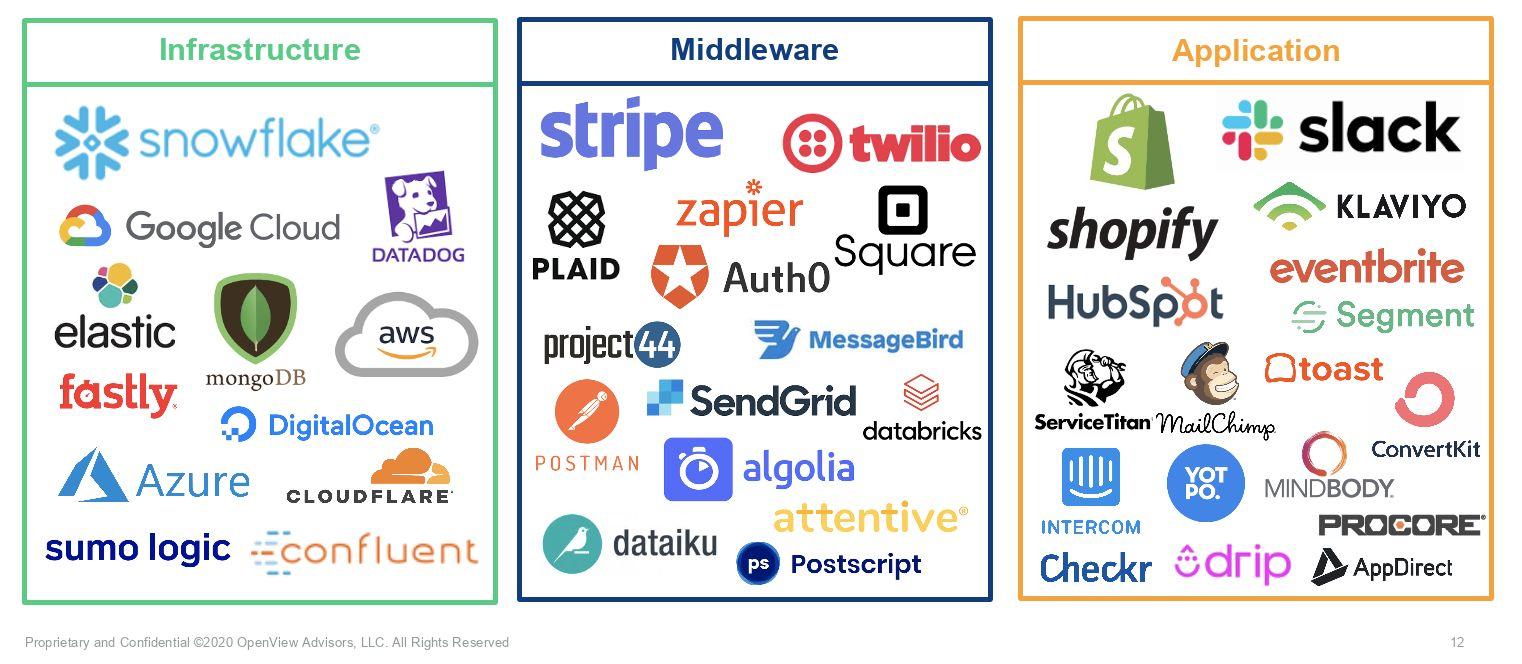
Best Practices for Managing SaaS Vendors Across Multiple Clouds
Managing Software as a Service (SaaS) vendors in a hybrid or multi-cloud environment can be both a challenge and an opportunity. To effectively harness the benefits of these models, organizations must adopt best practices that ensure smooth operations, cost efficiency, and scalability.
Establish Clear Communication Channels: Open and consistent communication with your SaaS vendors is crucial. Set up regular check-ins and feedback loops to address any issues promptly. This not only builds a strong relationship but also ensures that both parties are aligned on goals and expectations.
Standardize Vendor Management Processes: Implementing standardized processes for evaluating and managing SaaS vendors can streamline operations significantly. This includes:
- Vendor onboarding procedures
- Performance evaluation metrics
- Contract management protocols
- Compliance and security assessments
Leverage Automation Tools: Utilize SaaS management platforms to automate various vendor management tasks. These tools can definitely help track usage, manage subscriptions, and oversee billing, freeing up your team to focus on strategic initiatives rather than administrative tasks.
Implement a Multi-Cloud Strategy: When managing multiple SaaS vendors, a clear multi-cloud strategy is essential. This should include:
- Identifying cloud requirements for each application
- Assessing compatibility and integration capabilities
- Establishing data governance standards
Maintain an Updated Vendor Risk Profile: Regularly review and update your vendor risk assessments. This includes keeping track of vendor performance, financial health, and compliance with regulations. A comprehensive risk profile can help preemptively identify potential issues and mitigate risks effectively.
| Best Practice | Description |
|---|---|
| Communication | Regular updates and feedback to ensure alignment. |
| Standardization | Consistent processes for managing all vendors. |
| Automation | Tools to streamline management and tracking. |
| Multi-Cloud Strategy | Clear guidelines for cloud usage and integration. |
| Risk Assessment | Ongoing evaluation of vendor performance and compliance. |
By incorporating these best practices, organizations can optimize their vendor management processes in a hybrid or multi-cloud landscape. It’s about creating a sustainable relationship that enables innovation while effectively managing costs and risks.

Driving Innovation with SaaS: Staying Ahead of the Competition
The landscape of technology is evolving rapidly, and businesses must adapt to stay relevant. Software as a Service (SaaS) has emerged as a game-changer, especially in the realm of hybrid and multi-cloud strategies. by leveraging SaaS solutions, organizations can not only optimize their operations but also position themselves ahead of the competition.
One of the primary advantages of adopting SaaS in a hybrid or multi-cloud environment is flexibility. Businesses can choose to deploy applications across different cloud platforms depending on their specific needs. This enables organizations to:
- Scale resources easily based on demand.
- reduce operational costs by utilizing only the necessary resources.
- Enhance collaboration between teams across various locations.
Moreover, SaaS offers seamless integration capabilities that are crucial in hybrid and multi-cloud strategies. Organizations can effortlessly connect their SaaS applications with on-premises systems and other cloud services. This connectivity allows for:
- Real-time data synchronization, ensuring accuracy and consistency.
- Improved workflows,leading to increased productivity.
- Access to analytics tools that drive data-driven decision-making.
security is another major concern for businesses navigating multiple cloud environments. Fortunately, many SaaS providers prioritize data protection and compliance. By utilizing SaaS solutions with robust security protocols, companies can:
- Protect sensitive information through encryption and secure access controls.
- Stay compliant with industry regulations effortlessly.
- Monitor and manage risks through proactive security measures.
To illustrate the benefits of SaaS in hybrid and multi-cloud strategies, consider the following table that summarizes key advantages:
| Advantage | Benefit |
|---|---|
| Flexibility | Adapt resources to meet changing demands |
| Integration | Create streamlined processes across platforms |
| Security | Safeguard data and maintain compliance |
| Cost-effectiveness | Reduce overall IT expenses with pay-as-you-go models |
adopting a SaaS approach within hybrid and multi-cloud strategies is no longer just an option; it’s a necessity. Companies that embrace this shift will not only enhance their operational efficiency but will also create a competitive edge in an increasingly digital marketplace.
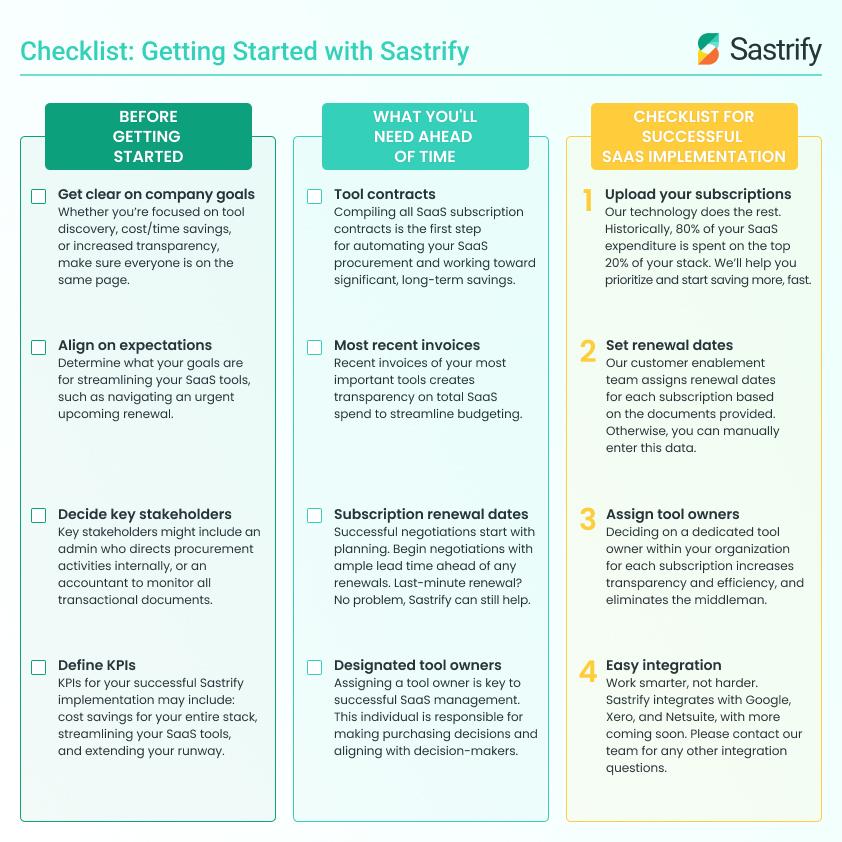
Your Roadmap to a Successful SaaS Implementation in hybrid Environments
Successfully implementing SaaS in hybrid environments requires a strategic approach that aligns your business goals with the right technology solutions.Start by assessing your current infrastructure to identify how cloud services can enhance your efficiency. This involves understanding not only what you have but what you need.
Here are some essential steps to guide your SaaS implementation:
- Define Clear Objectives: Determine what success looks like for your organization. Is it cost savings, improved collaboration, or better scalability? Your goals will shape every decision you make.
- Engage Stakeholders: Involve key team members from IT,operations,and end-users in the planning process. Their insights on usability and technical requirements can be invaluable.
- Choose the Right SaaS Solutions: Evaluate different SaaS providers based on their compatibility with your existing systems and their ability to meet your business needs.
- Establish a Migration Plan: Create a detailed timeline for migrating data and processes to the new SaaS solution,ensuring minimal disruption to your operations.
Once you have your plan in place, focus on integration. hybrid environments frequently enough involve multiple platforms, so ensuring seamless connectivity is crucial.Consider the following:
- APIs and Middleware: Use apis to connect your SaaS applications with on-premise systems, facilitating smooth data flow.
- Data Management: Implement robust data governance practices to ensure data integrity and compliance across all platforms.
- Continuous Monitoring: Utilize monitoring tools to track performance and detect issues in real-time,allowing for proactive troubleshooting.
Training and support are equally vital. provide your team with the necessary resources to navigate the new systems confidently. Consider setting up:
| Training Resource | Description |
|---|---|
| online Tutorials | Self-paced videos covering key features and functions. |
| Workshops | Hands-on sessions for practical learning and Q&A. |
| User Manuals | Comprehensive guides available for reference. |
embrace a culture of continuous improvement. Post-implementation, regularly gather feedback to identify areas for enhancement. This could involve:
- Performance Metrics: Analyze key performance indicators to measure success against your objectives.
- User Feedback: Conduct surveys to understand user experience and identify pain points.
- Iterative Updates: Make adjustments based on feedback and evolving business needs.
By following this roadmap, you can ensure your SaaS implementation in hybrid environments is not just successful, but also a catalyst for long-term growth and innovation.
Frequently Asked Questions (FAQ)
Q&A: Understanding SaaS in Hybrid and Multi-Cloud Strategies
Q: What exactly is SaaS, and why is it critically important in today’s cloud landscape?
A: SaaS, or Software as a Service, is a cloud computing model that delivers software applications over the internet. Rather of installing and maintaining software on individual devices, users can access applications via a web browser. This is crucial today as businesses increasingly seek flexibility and scalability without the hassle of managing physical infrastructure. Think of it as renting software rather than buying it—perfect for today’s fast-paced environment!
Q: How does SaaS fit into hybrid and multi-cloud strategies?
A: Great question! Hybrid cloud combines on-premises infrastructure with public and/or private clouds, while multi-cloud involves using multiple cloud services from different providers.SaaS plays a vital role in both strategies by offering applications that can seamlessly integrate with various cloud environments.This integration allows businesses to choose the best of both worlds, optimizing performance and costs while ensuring they’re not locked into a single vendor.
Q: What are the benefits of incorporating SaaS into a hybrid or multi-cloud strategy?
A: Incorporating SaaS offers several compelling benefits. First, it enhances flexibility—companies can easily scale services up or down based on demand. Second, it promotes innovation, as updates and new features are rolled out without major disruptions.Third, it can improve security and compliance, as many SaaS providers invest heavily in these areas. By leveraging SaaS,businesses can focus on growth and innovation rather than IT maintenance.
Q: Are there any challenges businesses might face when integrating SaaS into their hybrid or multi-cloud strategies?
A: Absolutely! While the benefits are numerous, there are challenges to consider. Data integration can be complex, as companies must ensure that their SaaS applications communicate effectively with existing systems. Additionally, compliance with regulations can be tricky, especially in multi-cloud environments. managing costs across different services requires careful monitoring to avoid overspending. But with the right planning and tools, these challenges can be effectively managed!
Q: How can businesses ensure they choose the right saas solutions for their hybrid and multi-cloud strategies?
A: The key is to start with a clear understanding of your business needs.Consider factors such as scalability, security, and ease of integration. Evaluate different SaaS providers by looking at their track records, customer support, and compliance capabilities.Don’t forget to involve your IT teams in the decision-making process—they can provide valuable insights into how well potential solutions will fit into your existing infrastructure.
Q: What are some real-world examples of companies successfully utilizing SaaS in their hybrid or multi-cloud strategies?
A: Many companies are leading the way! As an example, a well-known retail giant uses SaaS for customer relationship management (CRM) to gather data from both on-premises and cloud-based resources. This allows them to create a unified view of customer interactions, enhancing service and satisfaction. Similarly, a financial services firm has adopted SaaS tools for analytics, pulling data from multiple cloud sources to drive better decision-making. These examples showcase how SaaS can drive efficiency and innovation across various industries.
Q: What’s the bottom line? Why should businesses consider saas as part of their cloud strategy?
A: The bottom line is simple: SaaS provides the agility,scalability,and innovation that businesses need to thrive in today’s competitive landscape. By incorporating saas into hybrid and multi-cloud strategies, companies can optimize resources, enhance collaboration, and ultimately drive growth. If you’re not exploring SaaS options, you might be missing out on a fantastic opportunity to elevate your business to new heights! So, why wait? Start exploring your SaaS options today!
The way Forward
as we wrap up our exploration of SaaS in hybrid and multi-cloud strategies, it’s clear that the future of cloud computing is not just about flexibility and scalability—it’s about harnessing the best of both worlds. By integrating SaaS solutions into your hybrid and multi-cloud framework,you’re not just keeping pace with technological advancements; you’re positioning your organization for innovation and growth.
Imagine a landscape where your teams can work seamlessly across various environments, gaining access to the tools and data they need—whenever and wherever they need it.This isn’t just a dream; it’s a reality that many forward-thinking organizations are already embracing. With the right SaaS solutions, you can enhance collaboration, boost efficiency, and significantly reduce operational costs.
So, if you haven’t yet considered how SaaS can elevate your hybrid or multi-cloud strategy, now is the perfect time to start.Dive in, experiment with different solutions, and watch how they can transform your organization’s capabilities. The cloud is evolving, and so should you. Embrace the change,leverage the power of SaaS,and take your hybrid and multi-cloud strategy to the next level. Your future self will thank you!

